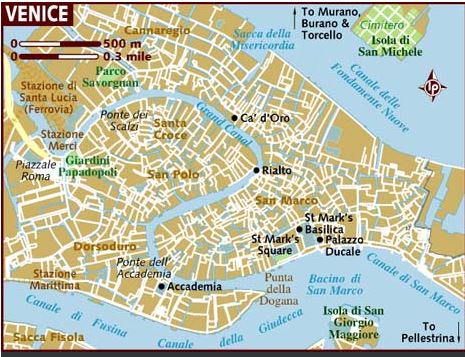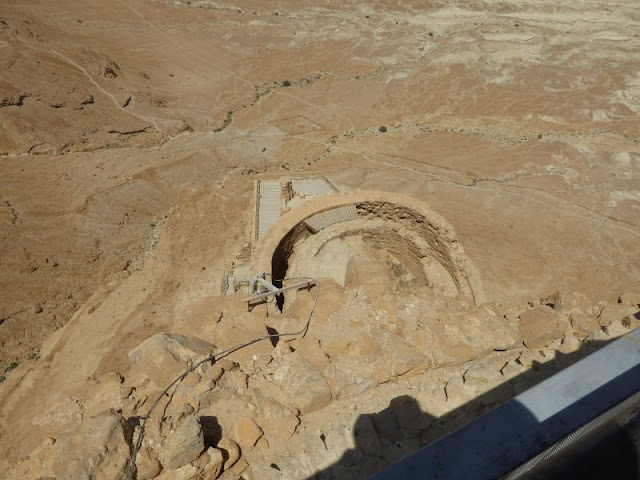Tomorrow we will do some exploring – and eating (Venice is one of those cities…), then have a final dinner with friends aboard ship.
Sadly, on Saturday morning we disembark and begin our week in Verona and Lake Como, then home.
We have made a number of new friends and acquaintances on this trip and we have re-connected with some old ones as well – including many on the crew. it is different when you are in a small “city” for four months. The dynamics change and you find that you look forward to certain things at certain times, including your favorite adult beverage on the bar as you walk into the main bar. In addition, you also get a slight twinge when thinking about your next cruise of “only” three or four weeks…
+++++++++++++++++++++++++++++++++++++++++++++++++++++++
If anyone needs a reminder, here are Italy and Venice:
We are docked at the location erroneously marked as “Stazione Maritima” (SM) That point is actually the San Basilio Terminal. SM is just off the map to the left.
Here are a few photos of our sail-in:
Friday, Bonnie and I took a “tourist” day and just wandered Venice’s little back streets and small Campos or squares. My pedometer recorded that we walked over five miles all together.
I couldn't resist the fancy ashtray (look closely) and the re-cycled chair.
We did have one mission – aside from getting lost in the charm of Venice – and that was to find the Cicchetti (chi-ket-ee)restaurant area near the Rialto Market. After a couple of hours of walking, stopping for a soda, and people-watching in Campo San Polo, we found our way to our destination.
The way it works is that you stop and check out what each one of the four or five restaurants in the immediate vicinity has on offer. Think of Cicchetti as Venetian tapas. Most are only one or two bites, are served on a toothpick, or are served as finger food – such as a mini-sandwich or open-face. After the information gathering phase of this operation, you then return and graze from one place to another knowing what you will find in each.
We wound up researching four little “hole-in-the-wall” restaurants and settled on two as the most promising. We went back to each and had a variety of small bites accompanied by small glasses of house wine.
After lunch, we made our way to the market area near the Rialto Bridge and walked through some of the stall areas reminiscing about prior trips that included Venice. Then to the Vaporetto stop near the Rialto Bridge and hopped on the water-borne bus for the trip back to the San Basilio stop. We stopped at a Gelateria for dessert and then walked back to the ship.
A really neat way to spend our last day of a World Cruise. We are now off in the morning to Verona for three days, followed by three days in Varenna on the shore of Lake Como. We return home late on the 8th, so we are telling everyone that we will not be back until the 9th.
I do not plan to add to this blog during our final week in Italy; however, we are grateful for having had the opportunity of doing two world cruises and getting many of our bucket list items checked off: the Great Wall of China; Bagan in Myanmar; the Valley of the Kings; Petra; the Suez Canal; Masada and the Dead Sea; many, many more. Thanks to all who emailed me with your comments and questions. I really appreciate the interest that has been shown.
Next year, in the spring we are scheduled to do a 65-day cruise from Singapore across the Pacific to Vancouver via Malaysia, China, Korea, Japan, Russia, and Alaska. Later in the year in the Fall, we are scheduled for a four-week trip from Stockholm to Montreal via the Baltic, the Kiel Canal, Iceland, Greenland, PEI, and the St. Lawrence.
The jury is still out on whether or not I will blog those trips. Blogging takes a lot of time to really do it right and I just don’t know yet if I want to make that commitment.
Cheers and happy travels…
































































